It has been a while since I wanted to write about this ability, but there always were newer or more acclaimed ones. Finally the time has come, and Morph has made its triumphant return with Drogo’s Khalasar Khans of Tarkir. Despite having Rattleclaw Mystic as the title for this article, we will be talking about a vast variety of cards, not all of which actually have the Morph ability. Thing is, there is an entire section of the rules regulating interactions with face-down cards.
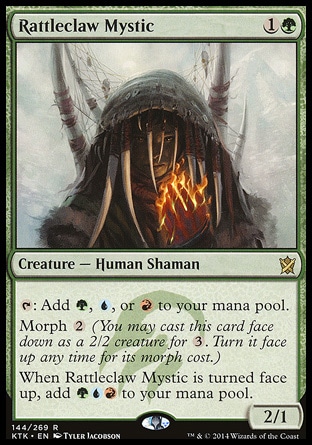
Oracle Text:
Creature — Human Shaman
{T}: Add {G}, {U}, or {R}.
Morph {2} (You may cast this card face down as a 2/2 creature for {3}. Turn it face up any time for its morph cost.)
When Rattleclaw Mystic is turned face up, add {G}{U}{R}.
Morph is a static ability. One of its parts allows playing a card face down, another part allows turning a face-down permanent face up.
Let us begin with the playing part.
How does the Morph ability function?
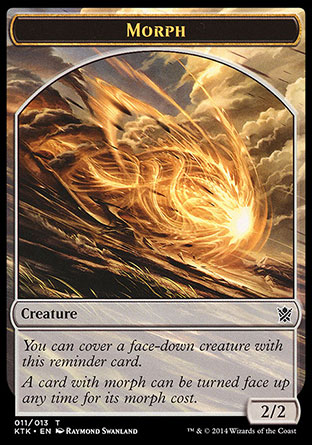
You turn the card in a zone from whence you play it face down, and place it face down onto the stack. You determine its full cost and pay it.
If the spell resolves, the permanent enters the battlefield face down. All basic characterstics of this creature are defined by rules for face-down cards:
- Name — none;
- mana cost — none; mana value=0;
- color — none;
- type — creature;
- subtype, supertype, rules text — none;
- power — 2, toughness — 2.
702.37a. Morph is a static ability that functions in any zone from which you could play the card it’s on, and the morph effect works any time the card is face down. “Morph [cost]” means “You may cast this card as a 2/2 face-down creature, with no text, no name, no subtypes, and no mana cost by paying {3} rather than paying its mana cost.” (See rule 708, “Face-Down Spells and Permanents.”)
702.37b. To cast a card using its morph ability, turn it face down. It becomes a 2/2 face-down creature card, with no text, no name, no subtypes, and no mana cost. Any effects or prohibitions that would apply to casting a card with these characteristics (and not the face-up card’s characteristics) are applied to casting this card. These values are the copiable values of that object’s characteristics. (See rule 613, “Interaction of Continuous Effects,” and rule 706, “Copying Objects.”) Put it onto the stack (as a face-down spell with the same characteristics), and pay {3} rather than pay its mana cost. This follows the rules for paying alternative costs. You can use morph to cast a card from any zone from which you could normally play it. When the spell resolves, it enters the battlefield with the same characteristics the spell had. The morph effect applies to the face-down object wherever it is, and it ends when the permanent is turned face up.
702.37c. You can’t cast a card face down if it doesn’t have morph.
Other than playing it through the Morph ability, a permanent may appear on the battlefield face down as a result of several other effects:
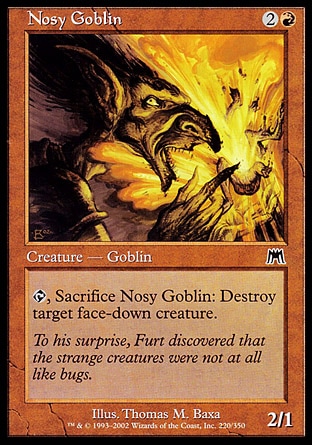
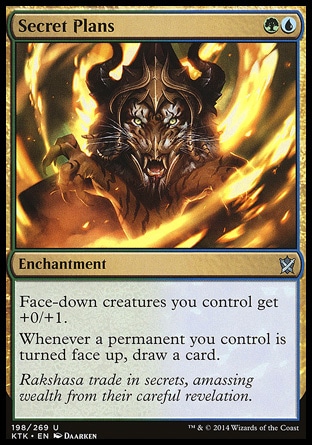
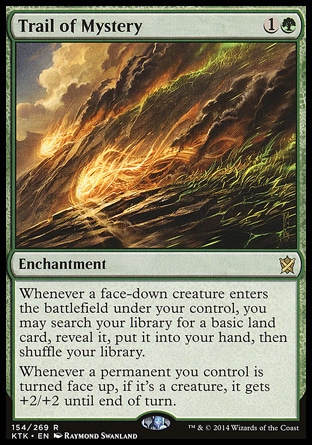
Some effects only affect face-down permanents. As they do, it is absolutely irrelevant how those permanents gained the face-down status..
Can a Morph be played from anywhere but the hand?
The rule states that if you have the possibility to cast a card from a zone, and that card has the Morph ability, you may cast it for {3} face down.
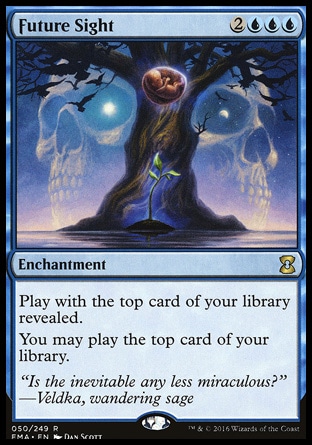
If you control Future Sight, you may play a Morph card from the top of your library face down.
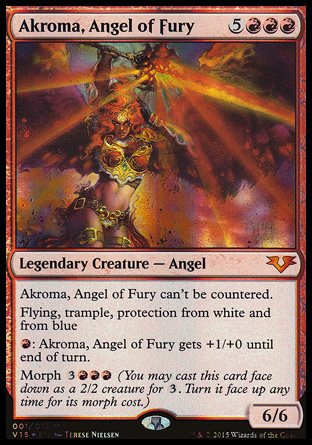
If your Commander is Akroma, Angel of Fury, you may cast her face down from the command zone.

If you control Karador, Ghost Chieftain, you may play a Morph card in your graveyard face down.
What limitations are there to playing a Morph?
708.4.Objects that are cast face down are turned face down before they are put onto the stack, so effects that care about the characteristics of a spell will see only the face-down spell’s characteristics. Any effects or prohibitions that would apply to casting an object with these characteristics (and not the face-up object’s characteristics) are applied to casting this object. The permanent the spell becomes will be a face-down permanent.

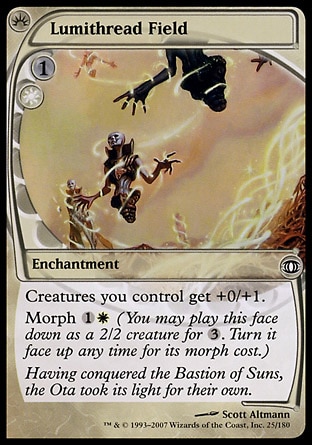
If you control Teferi, Mage of Zhalfir, you may play both Whetwheel and Lumithread Field face down any time you have priority.
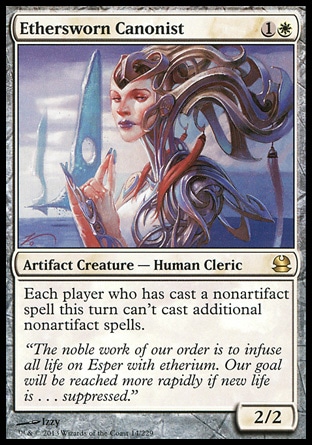
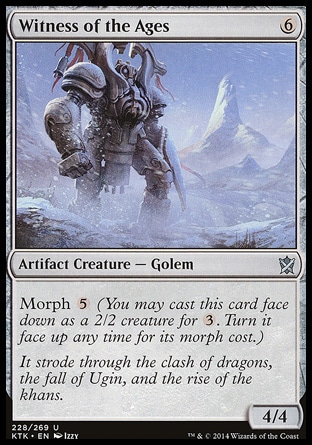
If there is an Ethersworn Canonist on the battlefield, and you have already played a nonartifact spell this turn, you will not be able to play Witness of the Ages face down because the Morph spell will not be an artifact spell.

If you have played a land this turn, you may not play Zoetic Cavern as a land, but there is no problem with casting it as a Morph.
How do you determine the full casting cost of a Morph?
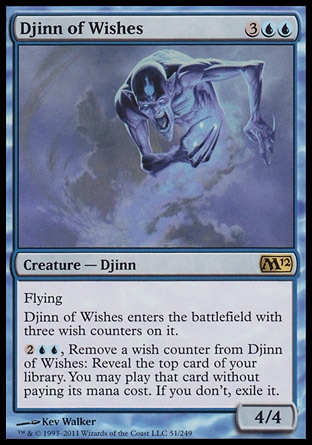
The three mana that the rules allow to pay for playing a card face down is an alternative cost.
This must incur the understanding that a Morph may not be played face down by paying another alternative cost. No effect that allows playing a card without paying its mana cost may not be applied to the Morph unless you are playing that card face up.
Upon resolving Djinn of Wishes’ ability, a Morph may not be played face down.
As you probably know by now, the full cost is determined as either mana cost or alternative cost plus additional costs, plus modifiers that increase the cost, minus modifiers that reduce the cost.

When playing Akroma, Angel of Fury from the commander zone face down, you need to pay {3} + {2} for each time she has been played from the command zone.
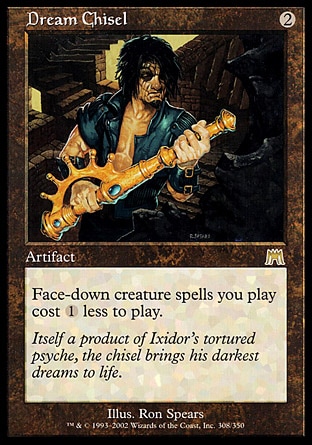
If you control Dream Chisel, all your morphs will cost {2} to play.
What is the mana value of a Morph?
There is no mana cost of a face-down card! That means, its mana value=0!

If an opponent plays a Morph face down, you need to reveal a card with zero or null mana cost with Counterbalance, not one with mana value=3!

If you plan on countering the enemy Morphs with Chalice of the Void, it should not have any charge counters!
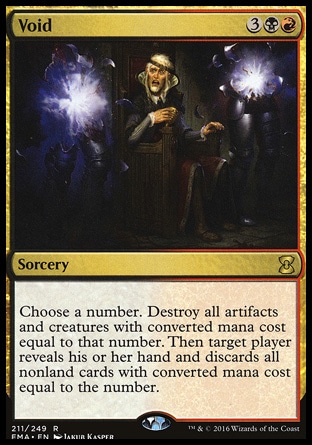
Void will destroy all Morphs on the battlefield if you choose zero. While in hand, the Morph card has the mana cost printed in its top right corner.
If we are looking at a Morph card outside the battlefield, on the stack, or on the battlefield but face-up, its mana cost should be found in the top right corner, and the mana value is defined by that mana cost.

Ashcloud Phoenix’s mana value is 4 while it is in the Library.
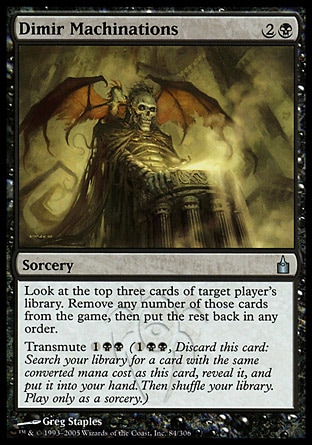
You cannot find it in your library by transmuting Dimir Machinations.
By revealing an Ashcloud Phoenix when resolving Dark Confidant’s trigger, you lose 4 life.
A face-down card has no name!

In spite of what’s printed on this beautiful piece of marketing art, Morphs have no name.

You cannot name “Morph” as a card for Meddling Mage’s ability. Morph is an ability, not a card name.

If you target a face-down Morph with Maelstrom Pulse, only that one Morph will be destroyed. Null values cannot be compared.
Who may look at the face of a face-down card?
Without any special effects, only the card’s controller may see its face.
If you control your opponent, you may see the faces of all face-down cards under that opponent’s control.
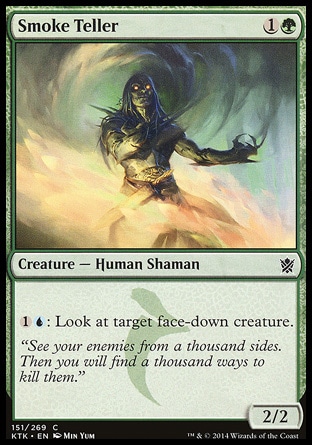
Smoke Teller demands a cost to look at the face of any face-down card.

Lens of Clarity allows seeing the face of enemy face-down cards at any time.
How do we discern multiple face-down cards?
708.6. If you control multiple face-down spells or face-down permanents, you must ensure at all times that your face-down spells and permanents can be easily differentiated from each other. This includes, but is not limited to, knowing what ability or rules caused the permanents to be face down, the order spells were cast, the order that face-down permanents entered the battlefield, which creature(s) attacked last turn, and any other differences between face-down spells or permanents. Common methods for distinguishing between face-down objects include using counters or dice to mark the different objects, or clearly placing those objects in order on the table.
This means you may not shuffle your Morphs so that your opponent doesn’t know which was played at which point etc.
How do we make sure an opponent played an actual Morph?
We may not see what the face of a card played by an opponent face down is, so the following rule becomes very important to prevent cheating:
708.9. If a face-down permanent or a face-down component of a merged permanent moves from the battlefield to any other zone, its owner must reveal it to all players as they move it. If a face-down spell moves from the stack to any zone other than the battlefield, its owner must reveal it to all players as they move it. If a player leaves the game, all face-down permanents, face-down components of merged permanents, and face-down spells owned by that player must be revealed to all players. At the end of each game, all face-down permanents, face-down components of merged permanents, and face-down spells must be revealed to all players.
You are required to show all your face-down permanents when a game ends and upon virtually every zone change. Please remember that! Breaking this rule at a Competitive REL event leads to Warning.
If you have played a card without Morph face down and failed to call a judge immediately, you will receive a Game Loss.
Now on to the more interesting part!
How do I turn a Morph face up?
702.37e. Any time you have priority, you may turn a face-down permanent you control with a morph ability face up. This is a special action; it doesn't use the stack (see rule 116). To do this, show all players what the permanent's morph cost would be if it were face up, pay that cost, then turn the permanent face up. (If the permanent wouldn't have a morph cost if it were face up, it can't be turned face up this way.) The morph effect on it ends, and it regains its normal characteristics. Any abilities relating to the permanent entering the battlefield don't trigger when it's turned face up and don't have any effect, because the permanent has already entered the battlefield.
This long rule has several key points.
First of all, turning a Morph face up is performing a special action, not activating an ability as very many players believe. Effects influencing activation costs have no impact on the Morph cost:

Suppression Field influences activation costs.

Exiled Doomsayer, on the contrary, impacts the cost of turning Morphs face up.
There are two things to know about special actions:
- To perform them, one needs to have priority.
- Special actions do not use the stack, thus, they cannot be responded to.
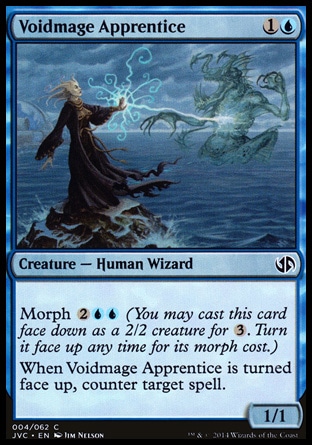
After getting priority, you may turn Voidmage Apprentice face up, thus activating its trigger which will allow you to counter an enemy spell with Split Second.

You cannot gain mana from Rattleclaw Mystic as an enemy Mana Leak is resolving, because you do not get priority while a spell or ability resolves, and without priority you cannot perform a special action.
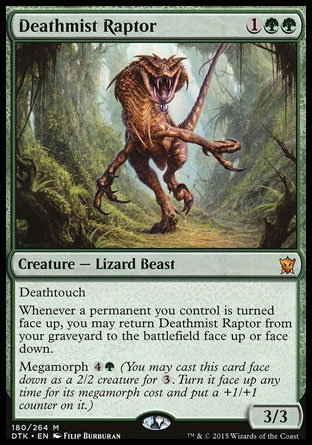
Turning a Megamorph face up and putting a +1/+1 counter on it is a special action. No player can do anything between turning it face up and putting a counter.
Second, in order to pay a Morph cost, that cost must exist. The game verifies if it does by looking into the future, i.e. seemingly turns the card face up to check what would occur.
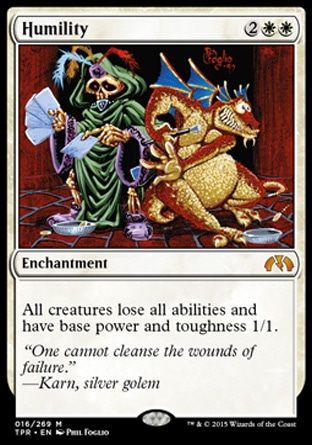
If Humility is on the battlefield, no Morph may be turned face up. As soon as you try to turn a Morph face up, the game will see a vanilla 1/1 creature on its other side and will not find a cost to be paid.
This situation is even more peculiar with Zoetic Cavern. .


As you attempt to turn Zoetic Cavern face up, the game will see a land with Morph ability, since Humility does not impact non-creature lands. You may pay {2} and turn Zoetic Cavern face up without any obstruction.
While Zoetic Cavern is face down, Blood Moon does not influence it, since it is a vanilla 2/2 creature (which isn’t a land at that).
But if you are to turn it face up, you will need to show its Morph cost which simply isn’t there (ref. the rightmost picture). So you cannot “Unmorph” Zoetic Cavern with a Blood Moon around.
A face-down card can be turned face up without using the Morph ability, but only through special effects or by changing its zone.
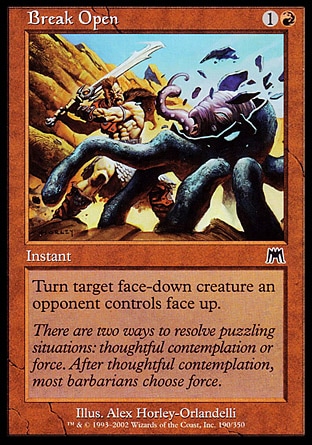

The effects of these cards may actually be applied not only to Morphs, but generally to any face-down cards.
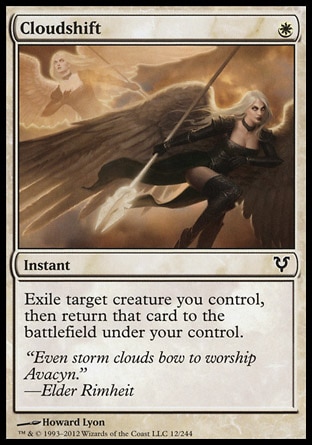
A more techy way to turn a Morph is to blink it. The card will return to the battlefield face up.
Face-up/down is the object’s status!
The object itself doesn’t change when its status changes, only its characteristics do.
This means among other things that whether a creature has “summoning sickness” is not determined by the moment it was turned face up, but rather when that object, whatever it was, came under the player’s control.
Counters placed on the object do not fall of when its status changes, although sometimes they lose their meaning.



In case these permanents got +1/+1 or -1/-1 counters while they were face down, those counters won’t disappear after the cards are turned face up, but they won’t do much as long as the permanents aren’t creatures.
Damage marked on a creature is preserved until the cleanup step. When a permanent is turned face up, the damage isn’t cleared. This may lead to unpleasant consequences.

If you have blocked an enemy 1/1 creature with your face-down Rattleclaw Mystic, one damage will be marked on it. Then if you decide to turn it face-up at some point in that turn, it will meet its doom: upon the nearest SBA check, Rattleclaw Mystic will go into your graveyard. You will not even have the opportunity to activate its ability! Although its triggered ability will certainly trigger and be placed onto the stack.
As you should know by now, the targets of spells and abilities pass the legality check twice: first time when casting/activating/placing them onto the stack, and another time upon resolution. Turning a Morph face-up does not make the target illegal immediately.

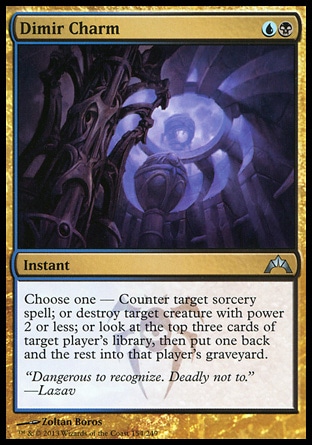
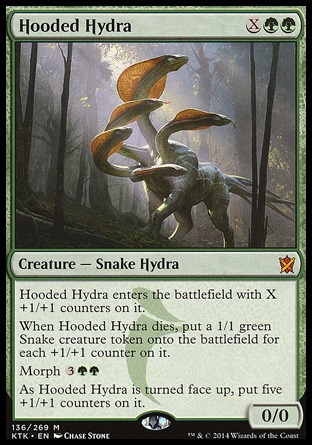
Suppose that the cunning opponent is targeting your Morph with a Dimir Charm intending to destroy it.
If the Morph is a Rattleclaw Mystic, turning it face up will change nothing in Dimir Charm’s fate: face-up Rattleclaw Mystic is the same object and its power is still 2 or less.
However, if the Morph is a Hooded Hydra, it gets five +1/+1 counters upon being turned faceup (that’s not a trigger!) and becomes an illegal target for Dimir Charm.
How do continuous effects impact Morphs?
Continuous effects that interact with a Morph do not disappear when it is turned face up. If the layers are to be applied, remember that the status “face-down” changes copiable values, which means, it is applied in the first layer!
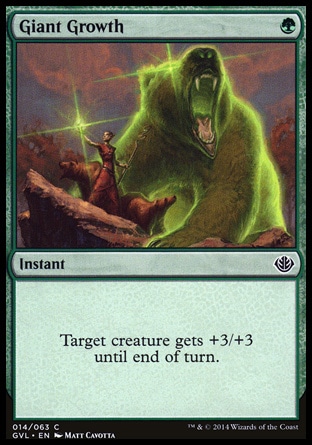
Should you have pumped your Morph with Giant Growth, the pump effect will not disappear after turning it face up. Rattleclaw Mystic will be 5/4.

Should you have made your Morph an Artifact through Liquimetal Coating, it will remain an artifact after being turned face up.
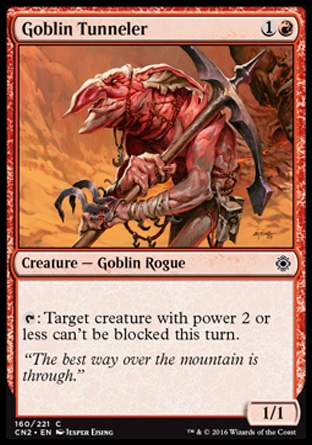
Should you have made your Morph unblockable through Goblin Tunneler, it will remain unblockable after being turned face-up.
What happens to auras and equipments attached to Morphs?
Whether or not an aura remains attached to the Morph depends solely on the “Enchant” ability of the aura. If the face-up Morph can legally be enchanted by the aura, it will continue enchanting it. If the object becomes illegal to be enchanted by that aura, the aura will fall off upon the nearest SBA check.

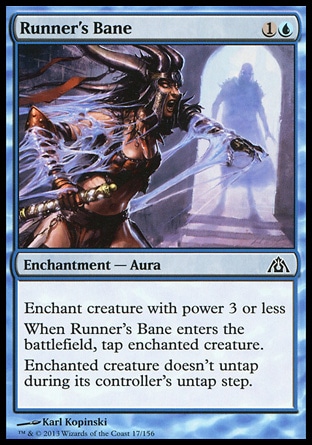
When a Hooded Hydra is turned face up, Rancor will remain on it, but Runner’s Bane will fall of and go to its owner’s graveyard.
It is identical with Equipment:


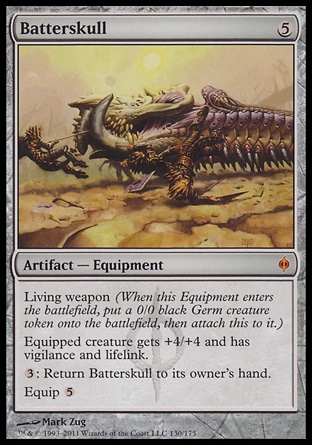
Batterskull will fall off Zoetic Cavern because a non-creature permanent cannot be equipped. A Rattleclaw Mystic will carry on being equipped.
How are Morphs copied?
706.3. The copy’s copiable values become the copied information, as modified by the copy’s status (see rule 110.6). Objects that copy the object will use the new copiable values.
The face-down status establishes copiable values. What values are those?
Name — none; mana cost — none; color — none; type — creature; subtype, supertype, rules text — none; power — 2, toughness — 2. These values will be used when copying.
Thus, when we copy a face-down Morph, nothing happens in the long run — we get a 2/2 creature with no name nor mana cost. Furthermore, we cannot pay the Morph cost and turn the copy of a Morph face up, since the copy simply doesn’t have that ability.
Another thing is when a copy is face down, and the original is a face-up creature with Morph ability.
(706.3)
Example: A face-down Grinning Demon (a creature with morph) becomes a copy of a face-up Branchsnap Lorian (a 4/1 green creature with trample and morph {G}. The Demon’s characteristics become the characteristics of Branchsnap Lorian. However, since the creature is face down, it remains a 2/2 colorless creature with no name, types, or abilities, and no mana cost. It can be turned face up for {G}. If it’s turned face up, it will have the characteristics of Branchsnap Lorian.

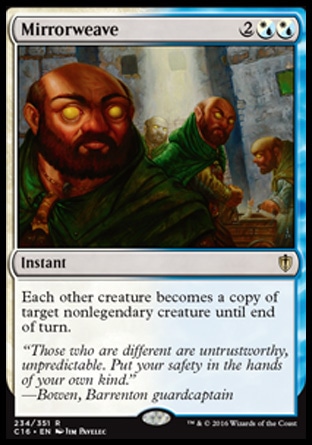

If a face-down Rattleclaw Mystic becomes a copy of a face-up Sagu Mauler through Mirrorweave, we get a face-down vanilla 2/2 creature.
In this case we can use Sagu Mauler’s Morph ability and turn the copy face-up. Why is it so? Because Rattleclaw Mystic gets copiable values of Sagu Mauler which are then changed by its “face-down” status since copying doesn’t change a permanent’s status!
Now let’s see what happens when a face-down Morph becomes a copy of a face-up non-Morph.
(706.3)
Example: A face-down Grinning Demon (a creature with morph) becomes a copy of Wandering Ones (a 1/1 blue Spirit creature that doesn’t have morph). It will be a face-down Wandering Ones. It remains a 2/2 colorless creature with no name, types, or abilities, and no mana cost. Its controller can’t turn it face up as a special action. If an effect turns it face up, it will have the characteristics of Wandering Ones.


If a face-down Rattleclaw Mystic becomes a copy of Tarmogoyf, we get a face-down Tarmogoyf. Should it be turned face-up (e.g. through Ixidor, Reality Sculptor’s ability), we will get a full-fledged Tarmo.
If you aren’t at your wit’s end yet, here’s my favourite problem about Morph copies:
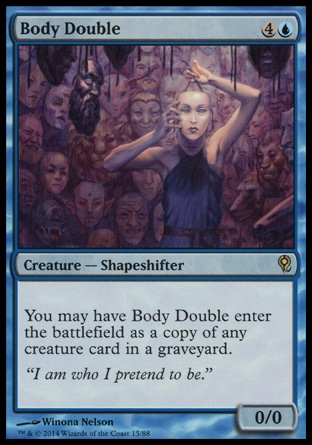
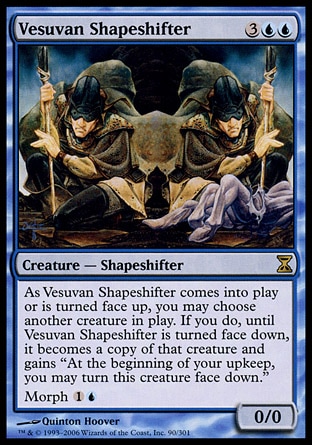
Body Double enters the battlefield as a copy of Vesuvan Shapeshifter and copies the Bear. During his next upkeep, the controller of Body Double turns it face down. What shall we see when we turn the resulting permanent face-up?
This is a curious one. When Body Double copies Vesuvan Shapeshifter and the pseudo-Shapeshifter enters the battlefield, another "enters the battlefield" effect is applied, which in its turn copies the bear, adding the Shapeshifter’s ability to turn face down to copiable values. Turning the resulting creature face down ends the effect of copying Vesuvan Shapeshifter(!) and renders it a "normal" face-down Morph. Thus we shall have a Vesuvan Shapeshifter face down (obviously, with an option to "unmorph it").
Why so? Thing is, Body Double’s copy effect has no limitations, and turning a creature face down does not end it (even though the face-down status does influence copiable values!). But Vesuvan Shapeshifter does have a limitation: "until Vesuvan Shapeshifter is turned face down" since that is what the card says.
Should you replace Body Double with Clone in terms of this problem, the Clone copying Vesuvan Shapeshifter which is already on the battlefield copying the Bear, will result in it becoming the Bear. Other than the ability to turn face down, nothing really indicates that there was a Vesuvan Shapeshifter between the Clone and the Bear. And should we turn it face down, we won’t get a Morph as in the previous example, just a no-name face-down 2/2 creature.
Megamorph
702.37e Megamorph is a variant of the morph ability. “Megamorph [cost]” means “You may cast this card as a 2/2 face-down creature with no text, no name, no subtypes, and no mana cost by paying 3 rather than paying its mana cost” and “As this permanent is turned face up, put a +1/+1 counter on it if its megamorph cost was paid to turn it face up.” A megamorph cost is a morph cost.
Unlike common Morphs, Megamorph gets a +1/+1 counter as it unmorphs, but only if megamorph cost was paid.
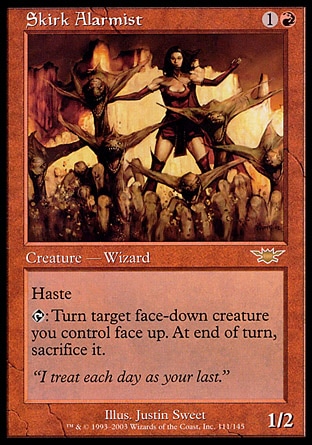

If a Megamorph is turned face up some other way like paying mana cost for manifested card or by Skirk Alarmist’s ability effect or by effect of Break Open, it won’t get a +1/+1 counter.
702.37f. See rule 708, “Face-Down Spells and Permanents”, for more information on how to cast cards with morph.
We have analyzed a few rules from this section. If you are interested in the depths of this process, have a plunge into the CR and read rule 708 entirely. It never hurts.
Why is the Morph ability useful?
There are three main reasons to play a card face down:

Mana cost is greater than {3}.
Cast Akroma for {3} and blink it for {W}, thus pay {3W} for a permanent that costs {5RRR}. Nice one, eh?

Actual turning face up grants a bonus.
We get a rather useful trigger here when the Morph is turned face up.
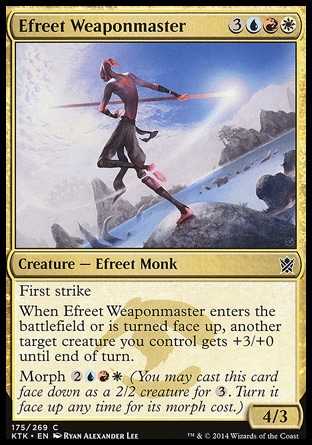
It just feels good to take an unsuspecting opponent by surprise.
A vanilla 2/2 attacks. And then BAM! 4/3 first strike, and even pumps a buddy!
I guess this is as much as there is to say about Morph. Let me add a few words on the card that served us as the subject for this article:
Rattleclaw Mystic

The first ability of Rattleclaw Mystic is an activated mana ability. It does not use the stack! Since the ability cost includes a tap symbol and Rattleclaw Mystic is a creature, the ability may be used only if it isn’t summoning-sick.
The second ability — Morph — got enough attention thus far.
The third ability is triggered. It triggers when Rattleclaw Mystic is turned face up. This isn’t a mana ability! It uses the stack. To get mana from it, you will need it to resolve.
What good is Rattleclaw Mystic? When it isn’t suffering from summoning sickness, it can give you 4 colored mana: {GUR} + one more in those colors, for just {2} and tap, pretty unexpected for your opponent.
Translated by Witas Spasovski


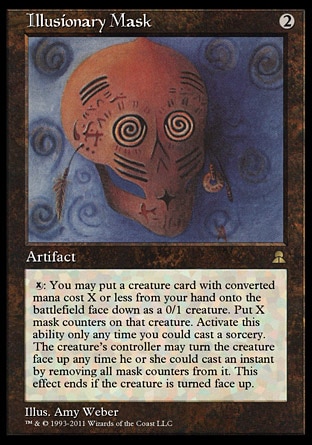
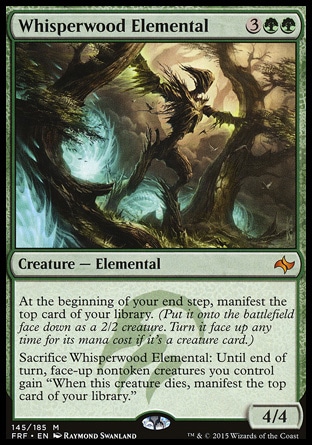
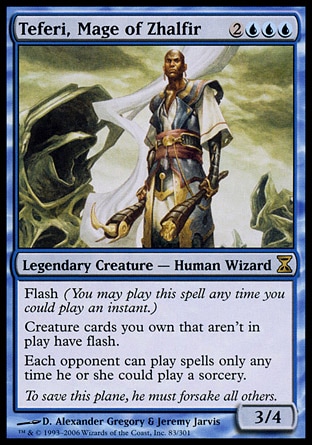

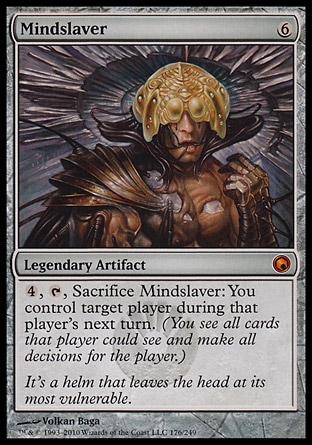

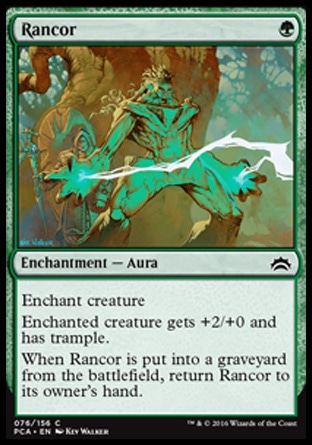

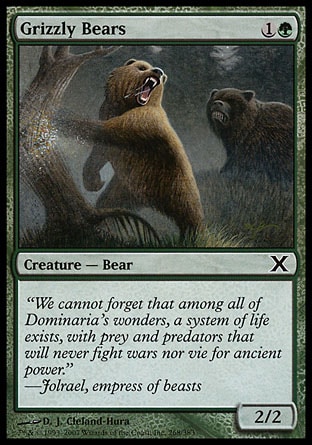
Any face-down card has the same characteristics as a Morph, except that it is rather difficult to turn that permanent face up ( Break Open).